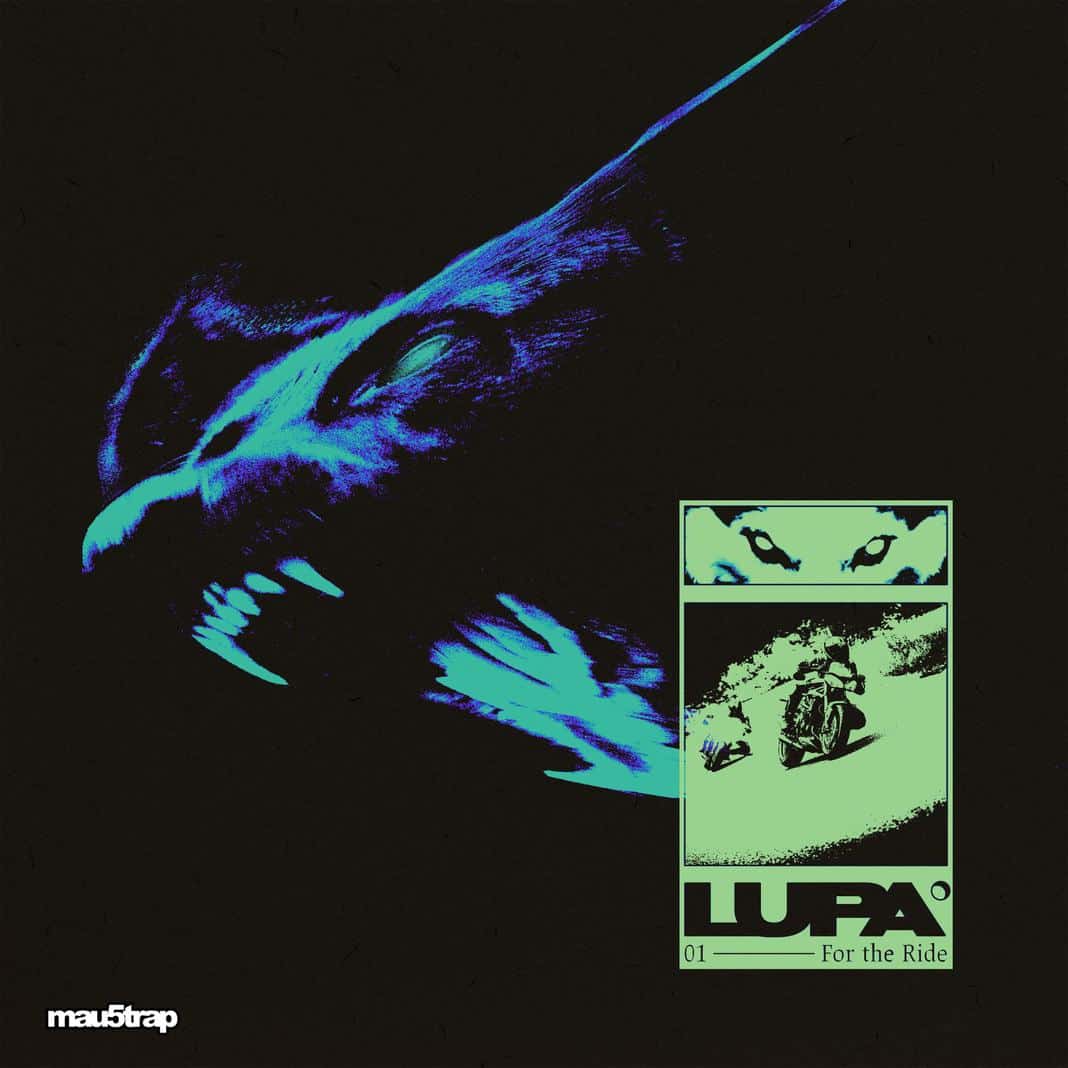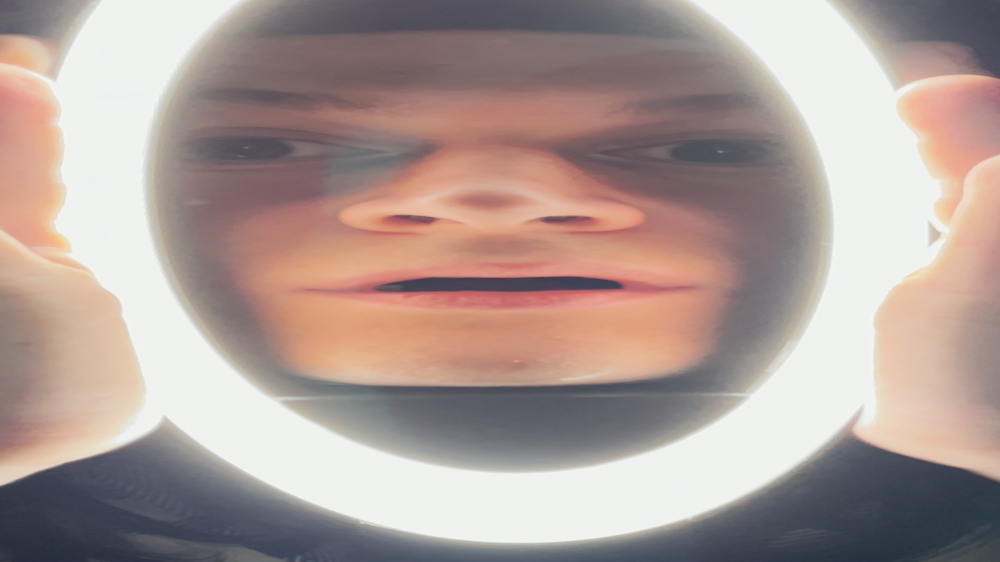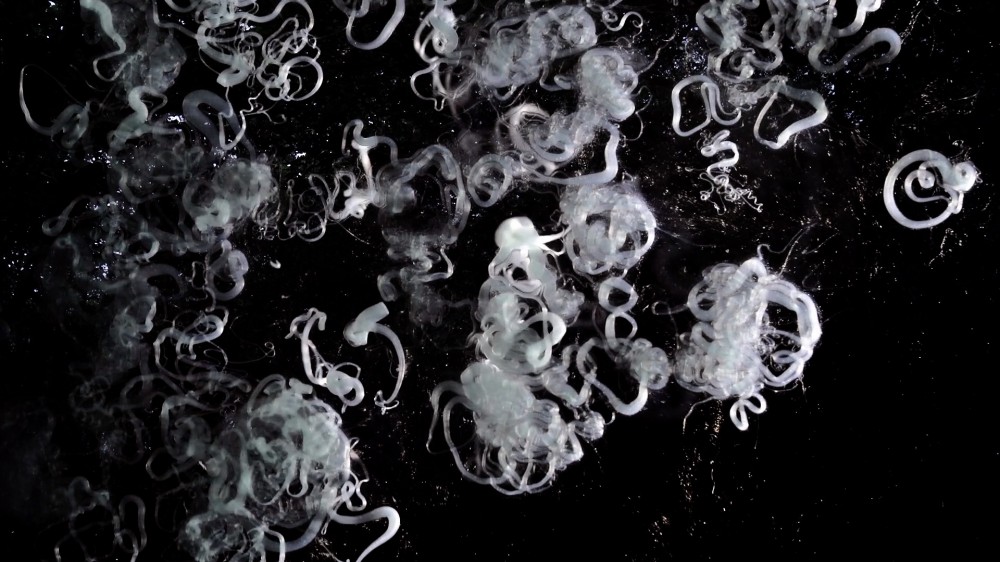
Solveig Settemsdal & Melkeveien entangle us within the world in the i sea
In a short film about crisis, liminality, witchcraft and quantum physics, artist Solveig Settemsdal and producer and composer Melkeveien level a spirited critique of the materialist relationship between subject and object.
the i sea, the newest video work from London-based artist Solveig Settemsdal, owes its structure to one of the first verses of 14th century poet Dante Alighieri’s epic poem Inferno, the first part of The Divine Comedy: “in the midway of this our mortal life I found myself on a darkened path, astray.” Working in response to what Settemsdal terms “a great flattening,” the artist takes aim at conventional, materialist theories of the observable universe, looking towards speculative fiction, alternate models of understanding and the contemporary condition of the image at a time in which reality can be said to be unfolding in both virtual and physical space simultaneously, for a new way to look at the world from a position of emotional and literal entanglement. “It’s about knowing, for a fact, that at most points in the past, in the place into which I was born, I would have been burnt as a witch,” says Settemsdal about the film. “It’s about quantum physics, but most of all and most importantly, it’s about relationships, how we see and are seen, how we change and are changed. And I don’t think you need to know about any of these things when you watch it.” Drawing particular influence from Italian physicist Carlo Rovelli’s recent book Helgoland, which details his thoughts on quantum mechanics and relational interpretation, first developed by Werner Heisenberg while secluded on the titular island in the North Sea in 1925, the i sea develops Rovelli’s desire to move away from “naive materialism,” instead working towards, in the physicist’s own words: “a theory that accounts for a structure of the universe that clarifies what it is to be an observer in the universe – not a theory that makes the universe depend on me.”
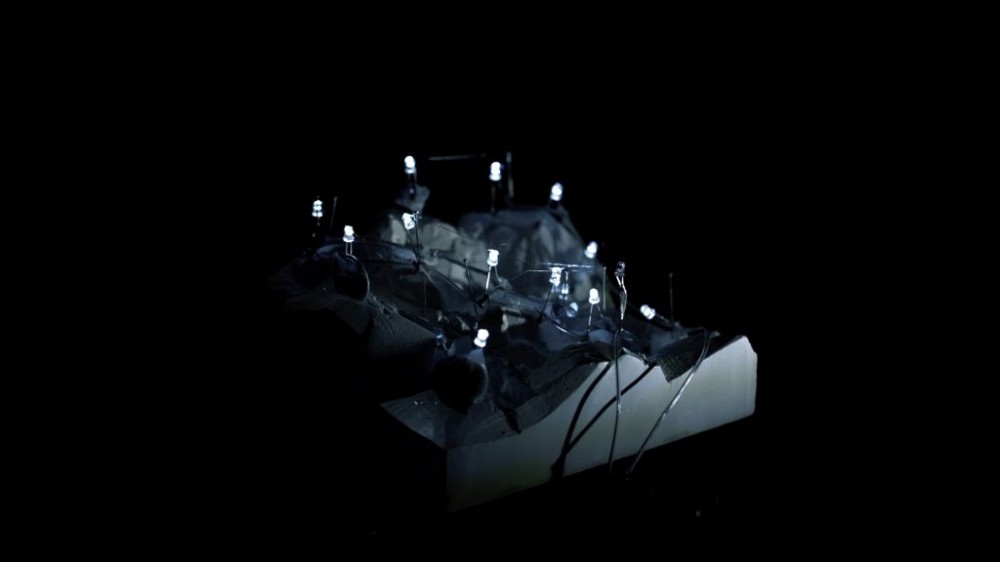

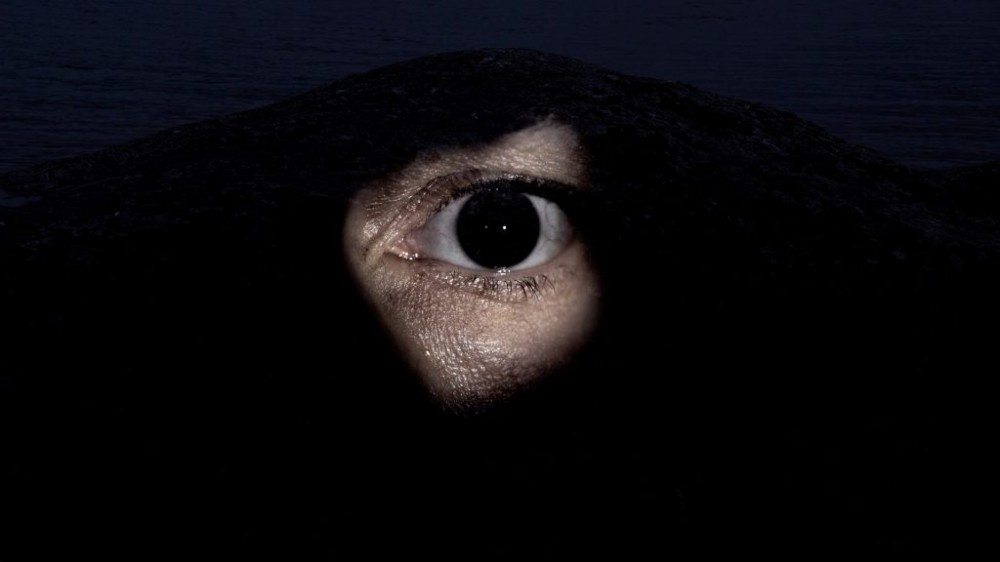
Settemsdal, like Rovelli, is critical of a model of understanding in which the all-knowing subject operates outside of the observable universe, granting presence through categorisation and labelling of the objects the subject observes make up the materialist universe. The artist draws parallels between this point of view and Rovelli’s critique of cubism within Helgoland. “Rovelli is particularly scathing about cubism – as built around an ‘I’ that knows, for which the world performs, and a self that, with its ego, is somehow outside of nature,” explains Settemsdal. “Cubism anchors reality to a subject of knowledge, being outside of nature and knowing best due to holding the top of the current food chain, which has led us to our current precipice,” a precipice the artist asserts is characterised by, “a great lack of empathy and disregard for life.” In the opening moments of the i sea this model of understanding is immediately countered, our point of view as the audience of Dante’s dark forest immediately obscured by entangled strands forming on a perpendicular plane of reality. This is then further complicated with another entity’s point of view, shining torch light on the quotidian objects of another, simultaneous existential space – a brick wall, a green lawn at night. Ever present throughout the work is the expansive darkness of the North Sea, which both Settemsdal and Rovelli take as a case study for the shortcomings of the naive materialist conception of the world. “The seas were considered silent and used as a toilet (still the case) but stopped being silent when we developed hydrophones that could pick up sound waves underwater,” says Settemsdal. “Suddenly everything speaks, but we still don’t know.”

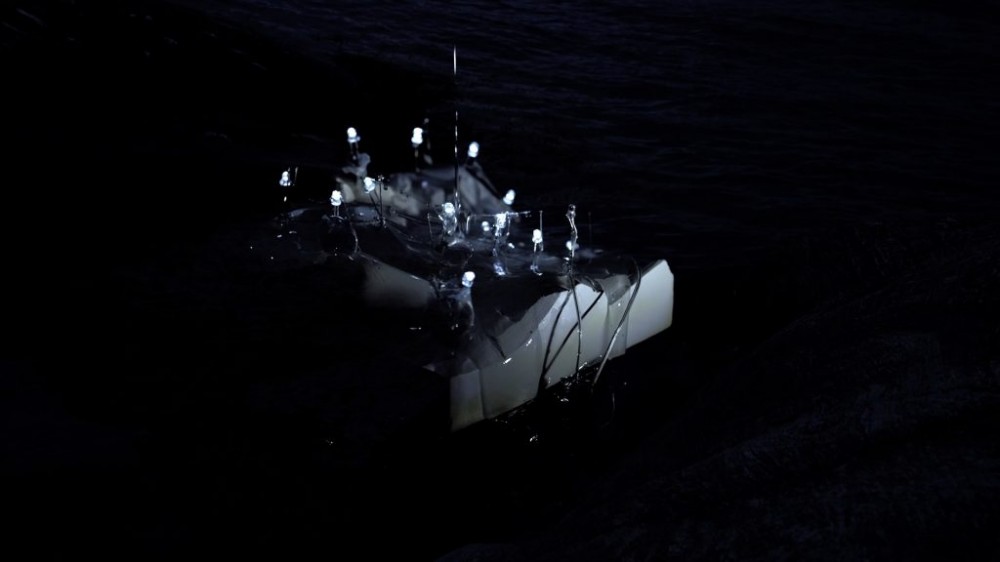
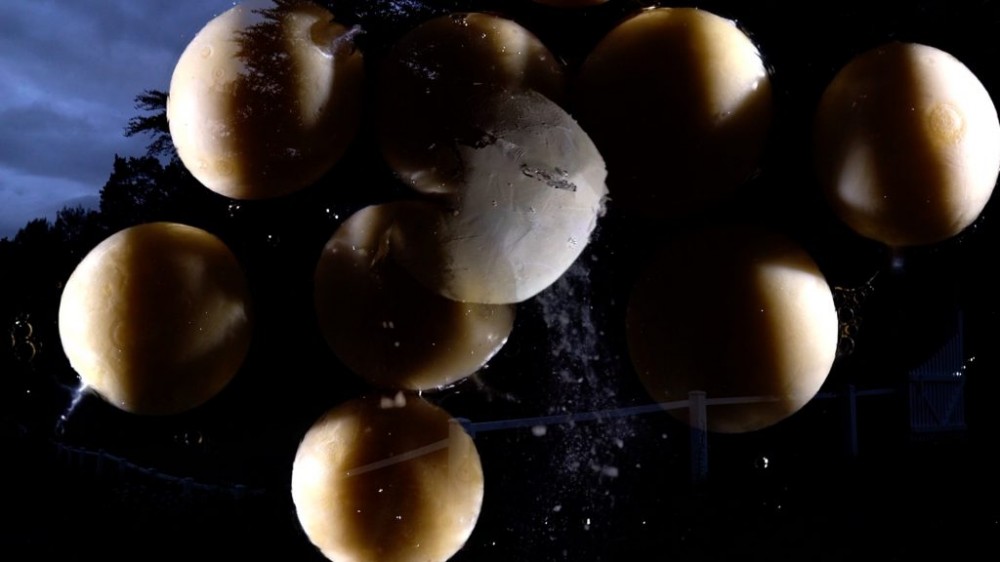
Within the world of the i sea, the silence of the sea is filled with a constantly mutating score by Kristian Møller Johansen, the producer known as Melkeveien, whom Settemsdal at art school in Oslo back in 2005 which throbs between eerie low-end ambience and shuffling synthetic beat science, as though flickering between two conflicting perspectives of the same scene, created using analog drum machines, organismic and monophonic synthesisers and recordings of electromagnetism, including recordings of fluorescent lighting from elevators and phone booths. Muddled in-between these perspectives on the world, we are presented with a literal eye, restlessly gazing back at the viewer, a mirrored image of the participatory observation we as the audience are ourselves entangled within as we view Settemsdal’s work. In this way, the artist shines a light on what she perceives as a lack of empathy for both the viewer and the viewed, illuminating a greater significance on both the roles of the observer and the observed as active shapers of the universe, collapsing the distinction between artist and audience, between reader and writer in a defiant move against the dissolving of the materialist world into content. “There is a great flattening happening, with all human experience compressed onto screens, all things condensed into language and human culture, everything becoming second, third hand experience,” asserts Settemsdal. “We are told, we don’t feel. We don’t play. We are so tempted to escape into a clean digital future fantasy, which seems increasingly unsustainable as we struggle to keep the lights on.” In response, the artist posits a different way to think and feel through the world, to operate from a point of view inextricably entangled within the world.
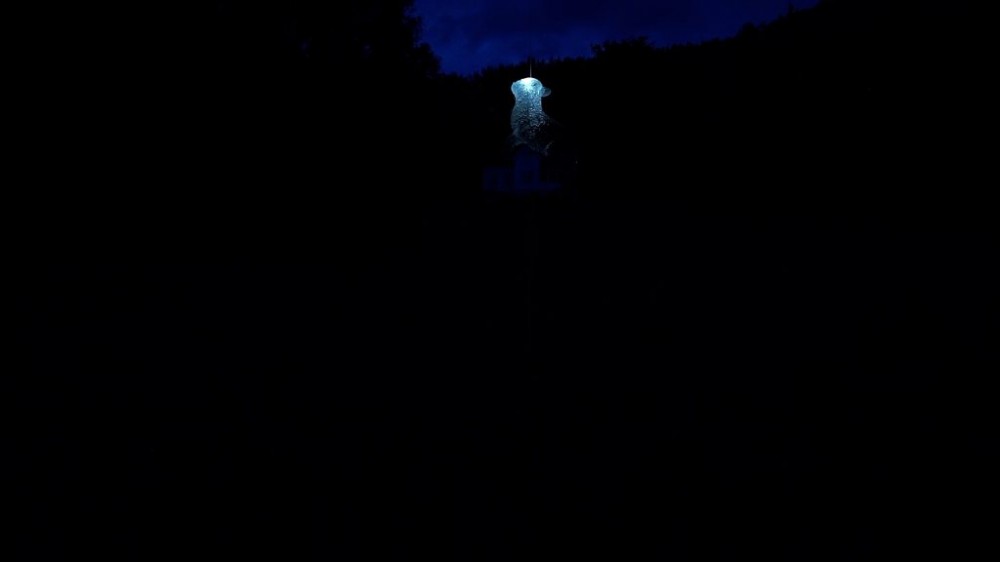

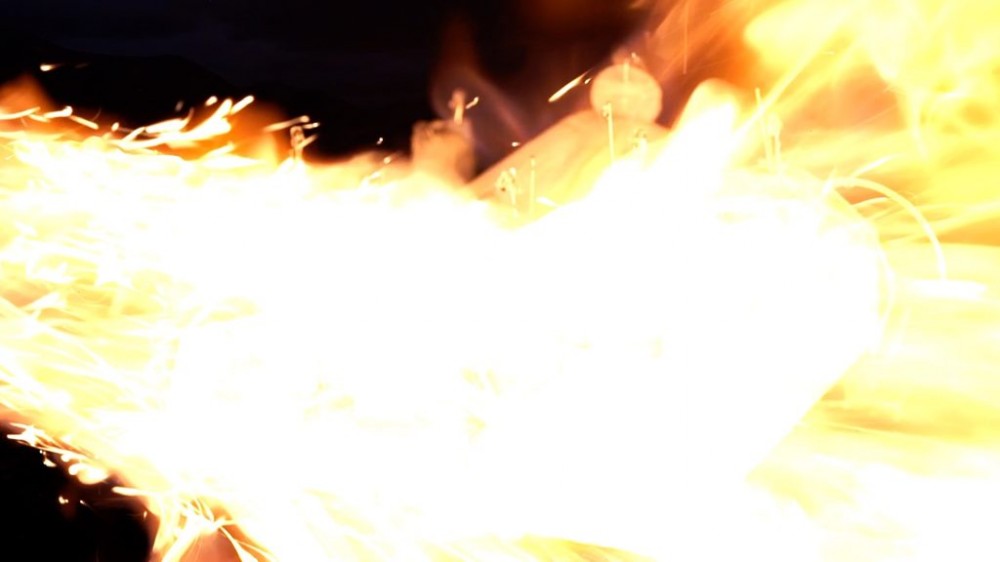
Gesturing towards one possible alternative, Settemsdal invokes Tlön, Uqbar, Orbis Tertius, a short story by Jorge Luis Borges centring around a secret organisation, Orbis Tertius, responsible for the creation of the fictional city of Uqbar and its fictional legend of Tlön, a mythical world in which a materialist understanding of the universe is rejected in favour of subjective idealism. Tlön is a world which is understood “not as a concurrence of objects in space, but as a heterogeneous series of independent acts,” a world in which, during the course of the short story, seems to be growing out of the confines of the secret organisation’s fictional universe and seeping into the universe in which Borges himself inhabits. A similar phenomena can be observed in the i sea, in which a series of objects, cobbled together from LEDs, wires, silicone skin casts from toy animals sewn together and egg yolks suspended in space, are superimposed on top of and in between the various perspectives of the universe we are shown. “As in Borges’ Tlön, the fantasy is taking over reality and membranes between them are worn to the point where impossible objects percolate through between the spheres of fiction and reality,” explains Settemsdal. Both the presence of the artist and the presence of the audience are reflected in these objects, as Settemsdal’s own practice is presented from multiple different angles.
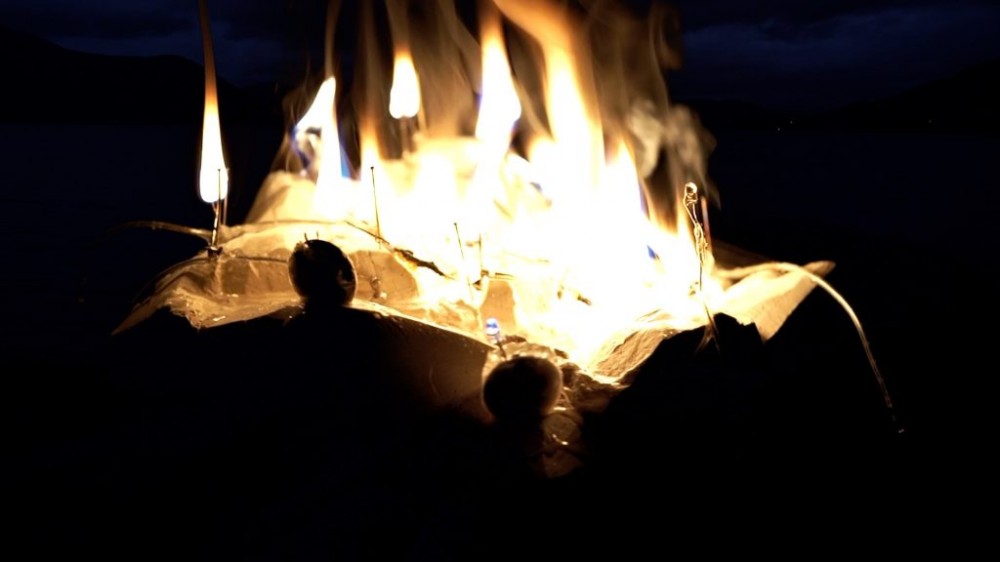
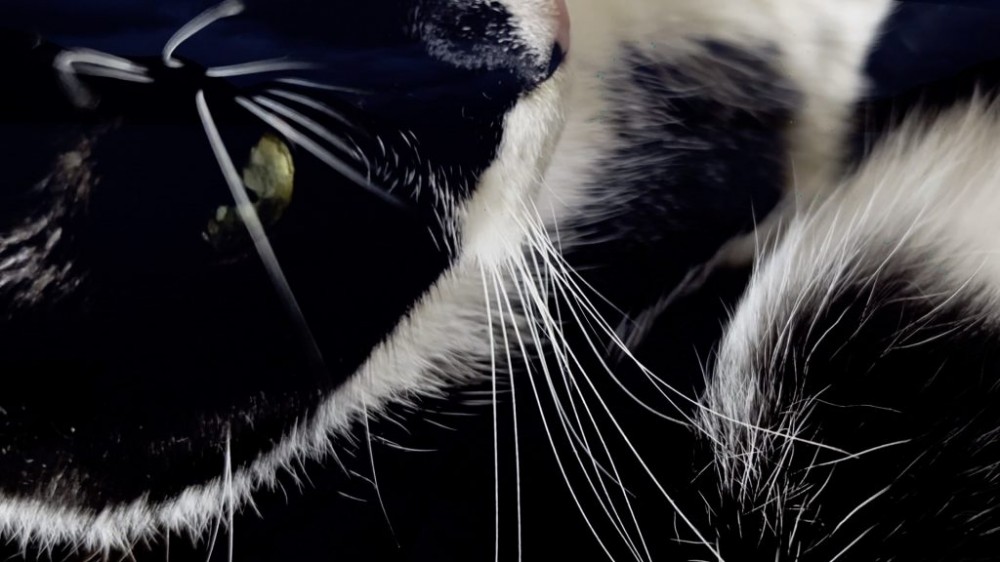
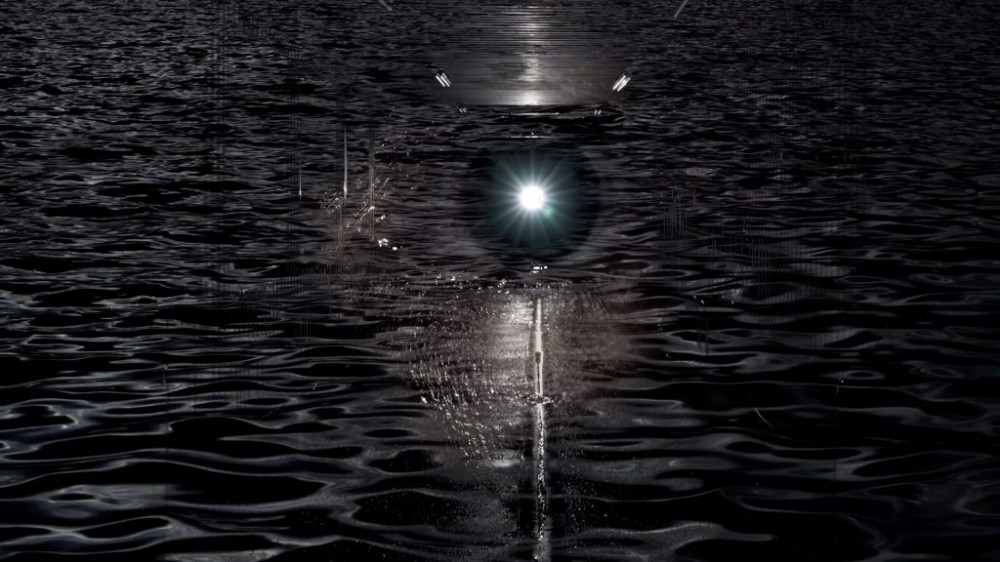
As her sculptures rotate, are submerged in primordial ooze and burnt to cinders, it is our entanglement with those objects, both Settemsdal’s and our own, that lend them their presence. “Looking IS changing something,” concludes Settemsdal. “What does nature care whether or not something is being observed? We could see the world being reflected in the observer and not the other way around. The only way to learn about something is to get entangled with it. The cat is yawning.”
For more information about Solveig Settemsdal and her work you can find her on Instagram and visit her website. You can find Kristian Møller Johansen on Instagram, and check out his music as Melkveien on Spotify.

